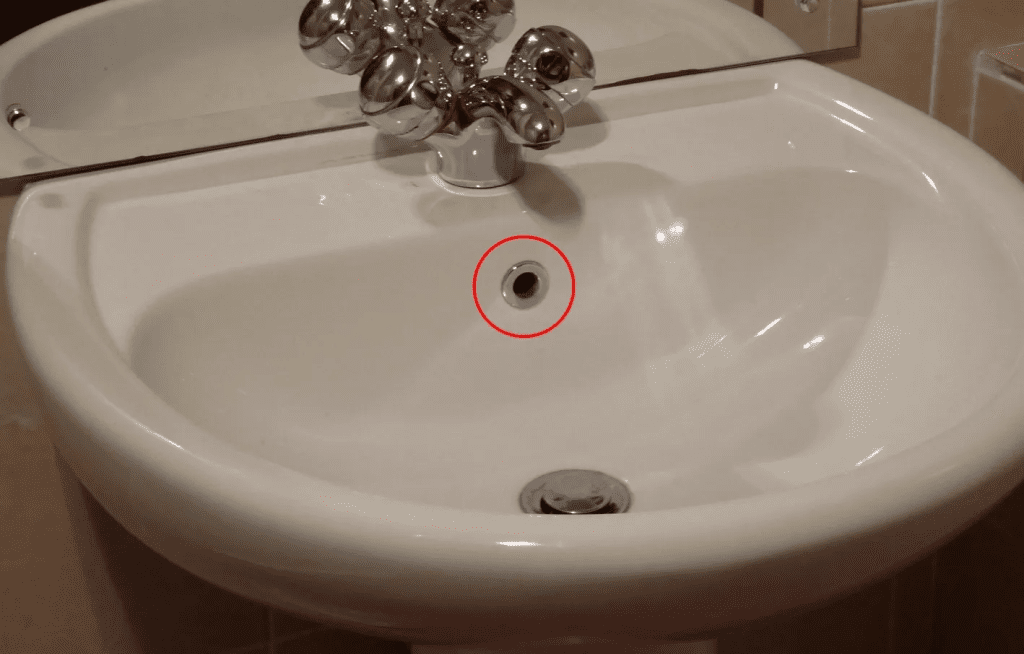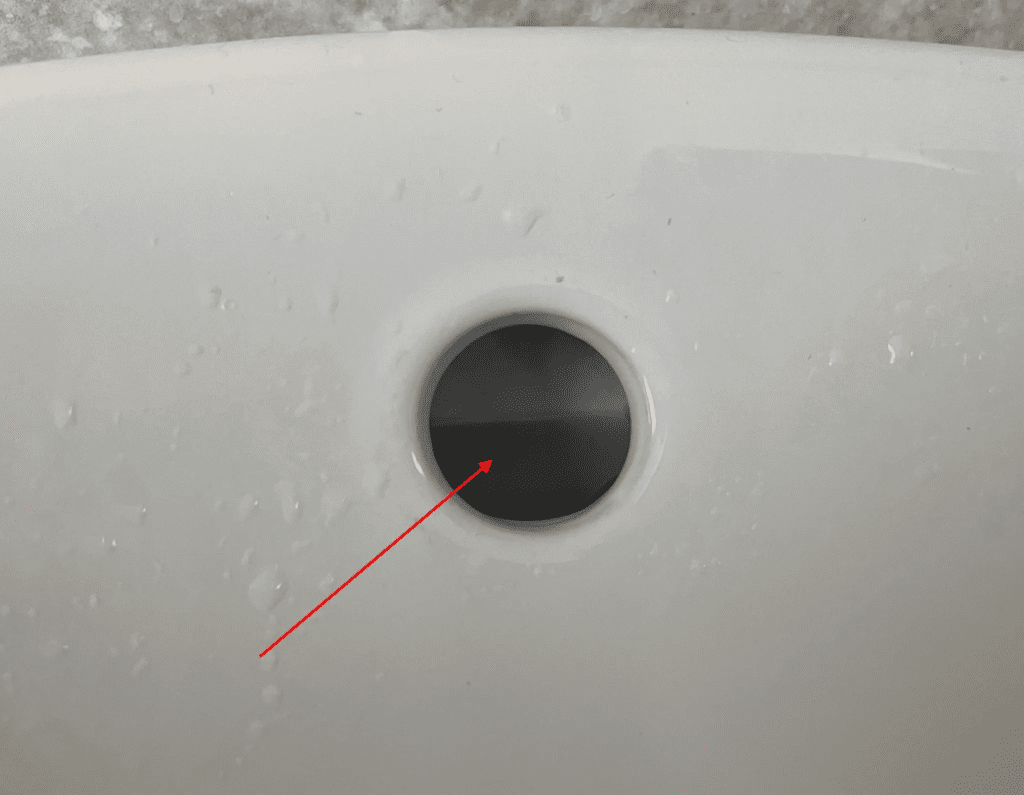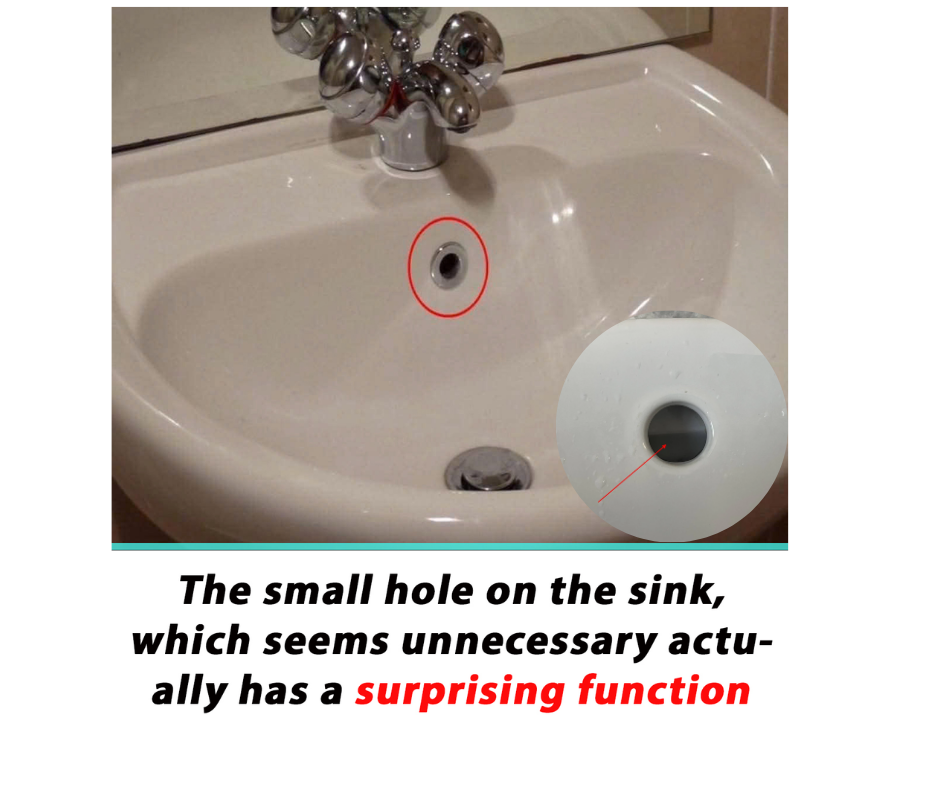
The small hole in your bathroom sink is often referred to as the “overflow drain,” and it serves an important purpose. Its main function is to prevent water from overflowing the sink if the main drain gets clogged or if the faucet is left running unintentionally.

This tiny hole is usually located near the top of the sink, just below the rim, and connects to a pipe that leads to the same drainage system as the main drain. Despite its crucial role, many people are unaware of it or confused about how it works.

When the water level in the sink rises to the point where it reaches the overflow drain, the excess water is diverted through the hole and safely directed into the plumbing system. This prevents the water from spilling over the edges of the sink and flooding the bathroom. Some people mistakenly believe the hole is for draining soap scum or waste, but it is purely for overflow prevention.

The overflow drain is especially helpful in bathrooms with deep sinks or in situations where multiple people use the same sink, increasing the risk of water overflow. It’s essential to keep the overflow hole clean and free from debris, as any blockages can prevent it from functioning properly. While it may seem like a minor feature, the overflow drain is a safety mechanism that can save you from a potentially messy situation.


